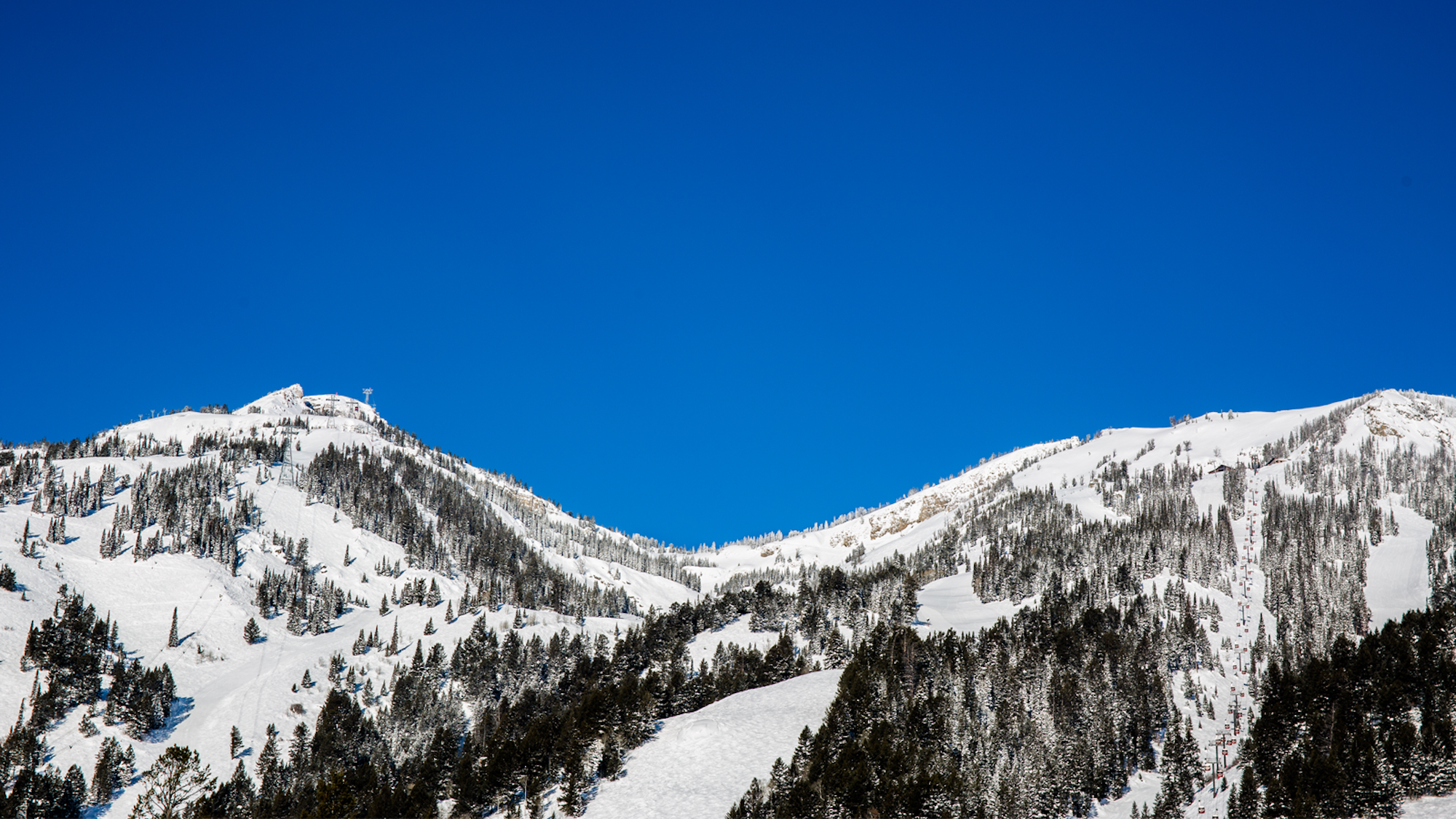We surveyed everyone in the ski industry to find out just what the hell is going on. We even asked the office dog.
Yeah, we get it: The winding down of summer and the first signs of changing colors of autumn—and soon even the first snowfall—here in the high country of Colorado, where I sit writing from my home at 9,000 feet, usually heralds optimism and stoke.
Skiing is what we live for. It’s what I’ve lived for the last 30 years. But this year is different. The trailhead at the end of my road is jam-packed with Denverites out using their new mountain bike while they still can; this year, those cool nights are a reminder that the days of easy social distancing and “safe” backyard gatherings could be coming to a close, with a ski season that could promise little more than record crowding at backcountry trail heads and limited lift capacity at resorts.
So where do we really stand right now? Will there be a 2020-21 ski season and what will it look like? Believe me, that’s all I’m thinking about. Yet, despite everything going on in our world, we know that temperatures will drop, skis will come out of the garage and the snowpack will build. Here’s a round-up of what we know so far.
Be prepared for new protocols at ski areas
If you caught the tail end of the season last year before resorts started shuttering, you have some idea of what to expect. New protocols will be in place at every ski area, and that’s the general consensus of snowsports industry executives who joined the North American Snowsports Journalists Association (NASJA) for a June 26 Zoom-based media briefing about how the COVID-19 pandemic will impact the 2020-2021 ski season, with topics ranging from the status of resorts now open in the southern hemisphere, to whether consumer/industry expos will be held this fall.
“I caught glimpses of the winter to come, and what I saw was bleak, even compared with what Americans have already experienced. The winter will be worse—for the quality of daily life in America and, possibly, for the course of the pandemic itself,” Joe Pinsker wrote in The Atlantic the first week of August. That’s because the risk of spreading the coronavirus is heightened in enclosed spaces, he says. Outdoors, there is enough air for the virus to be “rapidly diluted,” as well as the helpful “virus-killing action of sunlight,” according to Linsey Marr, an engineering professor at Virginia Tech. Indoors, she told Pinsker, “the virus can build up” and be more easily inhaled, and “if the space is heated, it can lead to dry air,” which is even more hospitable to the virus.
“There really is no easy way to socialize during late fall [and] winter in large parts of the country if you’re not doing it outside,” Ashish Jha, director of the Harvard Global Health Institute, told Pinsker. Which bodes both good and bad for skiers.
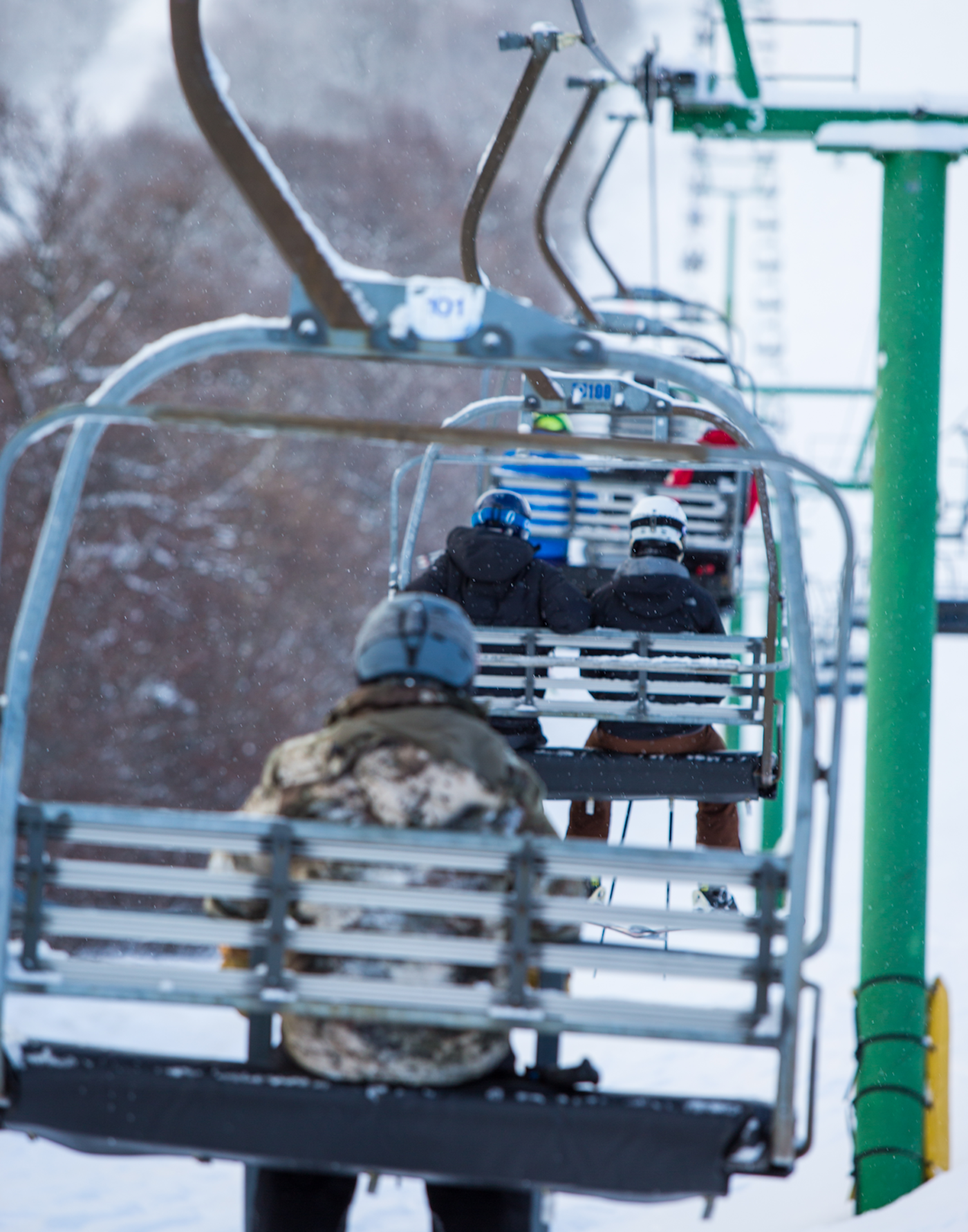
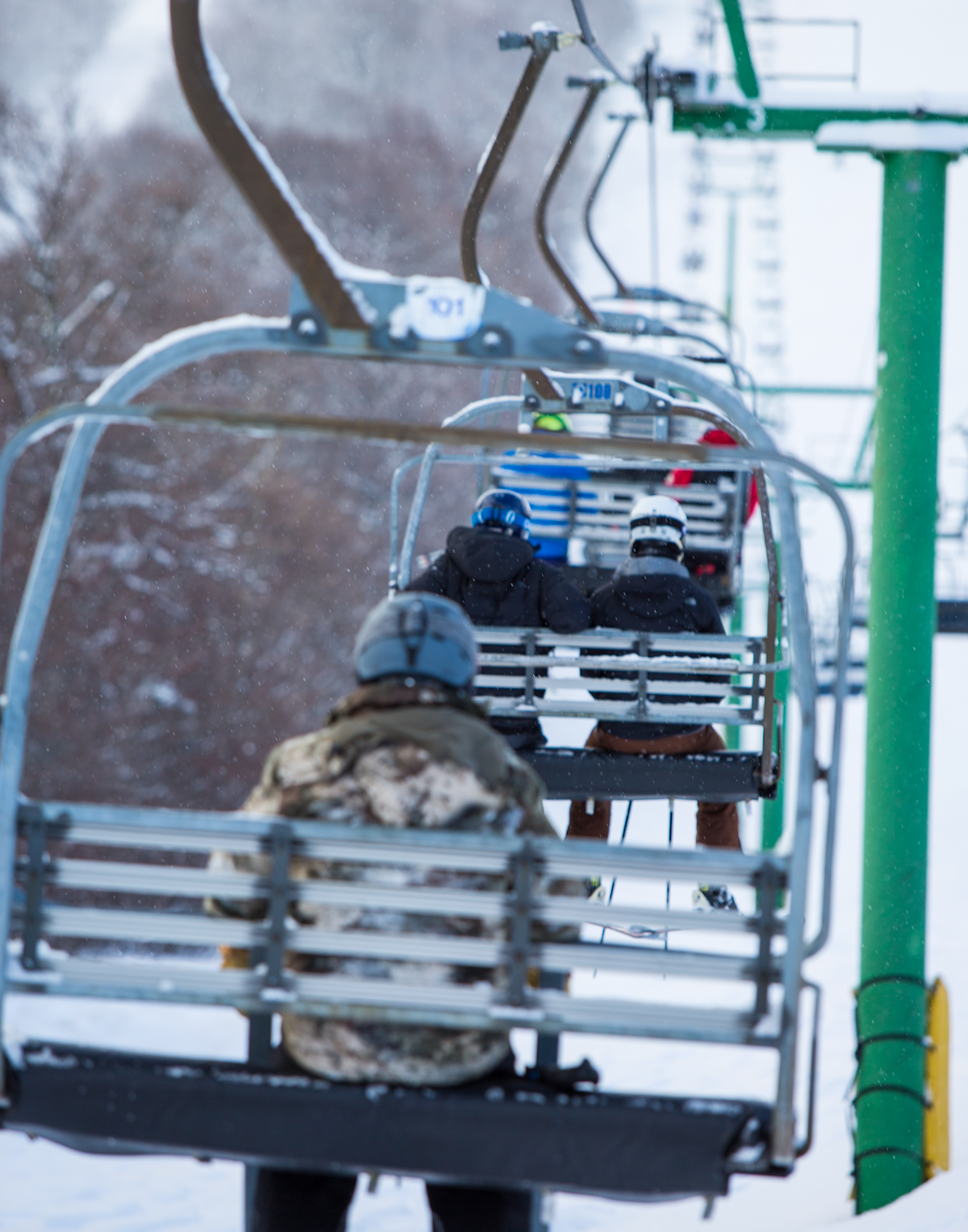
“Everyone is so hungry for information and firm answers,” said Vail Resorts Mountain Division’s Patricia A. Campbell on that June call with members of the North American Ski Journalists Association, adding that they plan to be fully open and are working on ways to make guests feel safe while providing a compelling experience. “We want people to get out and do what they love,” she said. But skiers, more than ever, will need to be flexible as the situation will continue to develop.
Rick Kahl of Ski Area Managers Magazine said to be aware of “preconditions,” not just conditions. This will look a lot like what we’ve been seeing this summer, protocols like temperature checks, decreased crowding in restrooms with markers on floors, adapters on door handles and other things to reduce touch points, contactless payment transactions, shuttle bus capacity limits and lift line management.
The National Ski Areas Association (NSAA) is calling it the year of “Know Before You Go.” Just like you can’t just show up to Rocky Mountain National Park right now—yes, the park is open but with required reservations and restriction—ski areas may face similar limitations. More than ever, skiers will need to be flexible this year and look out for one another—forget clamoring in the lift line for first tracks, and look out for your neighbor.
Official Statements from Resorts
Understanding that resorts are businesses and have to make money, especially now, to recover from a shortened season last year and delayed, reduced summer openings, many of the leading ski areas have already come out with statements on the outlooks for next season. Although many top officials in skiing are uncertain how everything will transpire, it is still encouraging to hear something from these industry leaders.
Rob Katz, CEO of Vail Corporation, wrote a letter to the public in late July, saying, essentially, we’ve got to be vigilant—but, most importantly, we have to be patient. He wrote, “We often talk about how our mountain resorts and communities are joined at the hip. We operate in the same ecosystem, we need each other to succeed and survive. The importance of this partnership was evident in the collective effort it took to safely reopen for summer. But that was not the end of the race—it was the beginning. For the sake of winter, we must stay vigilant with safety as our number one priority—now and through the entire winter season.”
Katz continued by outlining two specific thoughts. That we cannot get complacent and safety is not optional; Vail Resorts every move in the coming months will be to try and stay in front of the virus and its side effects. “With the recent COVID-19 resurgence in the United States and around the world, we need to assume that we will still be dealing with the impacts of the virus throughout the winter season. Even if new COVID-19 cases decline—nationally or locally—we must assume the virus will reemerge.” And this leads to strict safety protocols, an unwavering dedication to wearing masks, avoiding crowded indoor spaces and maintaining physical distance between unrelated parties. “We need to accept that this will likely be the reality for the full season,” Katz predicts.
Mike Kaplan, CEO of Aspen Snowmass, also released an official statement outlining the possibilities of what’s to come:
“What will come back and what will be forever changed? Compared to those almost existential questions, the one I’ll attempt to answer here seems pretty straightforward: What’s the plan for the 2020-2021 ski season? The short answer: We don’t have all the answers yet, but we are doing everything possible to anticipate how to open on time and stay open all winter. Of course, we must do it safely on behalf of our employees, our community, our guests and our partners, which I believe is possible with the right protocols in place. We’re learning valuable lessons during our summer operations, which are going quite smoothly to everyone’s enjoyment. There will be new procedures this winter, some of them annoying, and a handful of the exuberant social activities we are famous for will be greatly subdued. But there is an overarching opportunity in this new normal that I’m trying to embrace.”
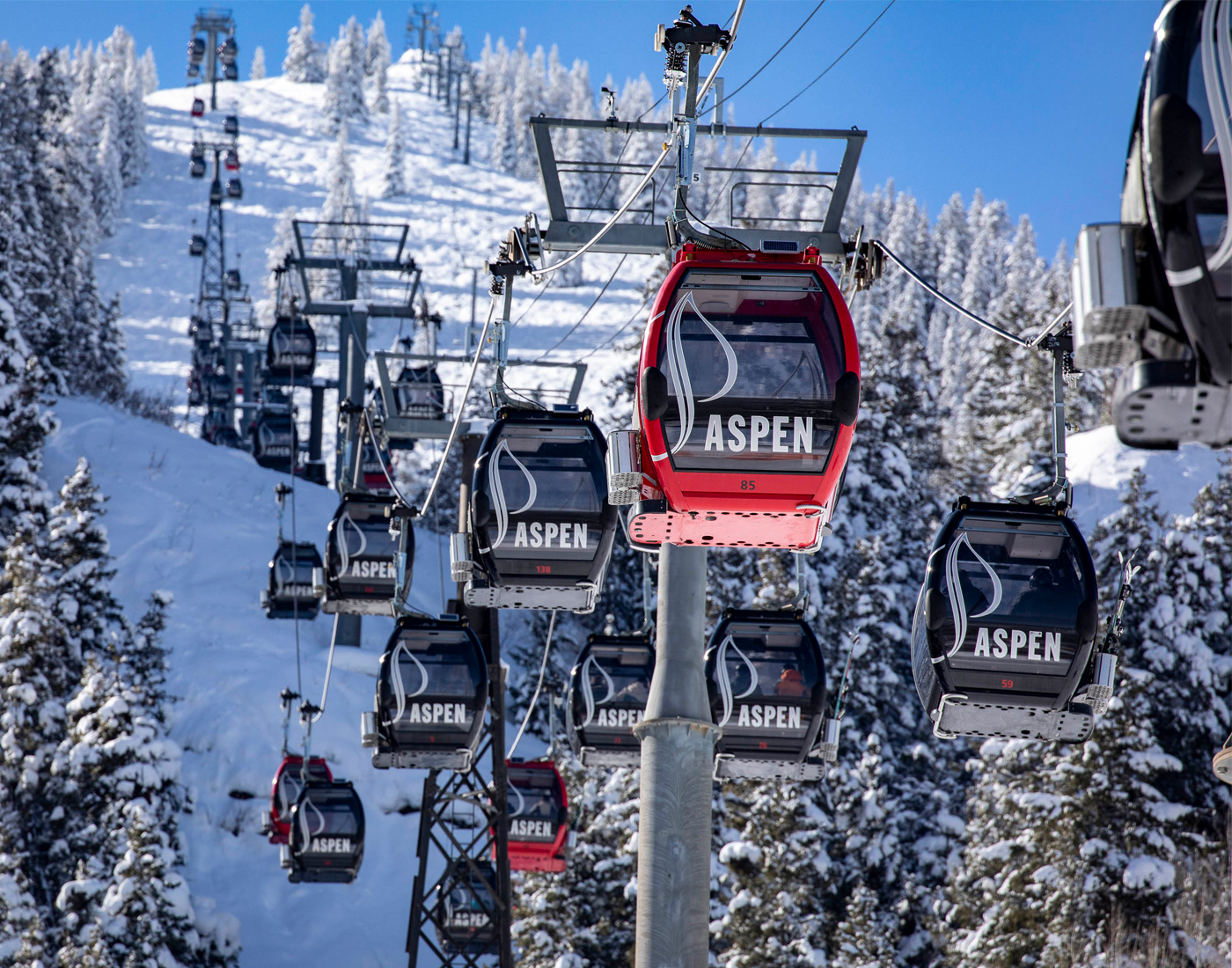
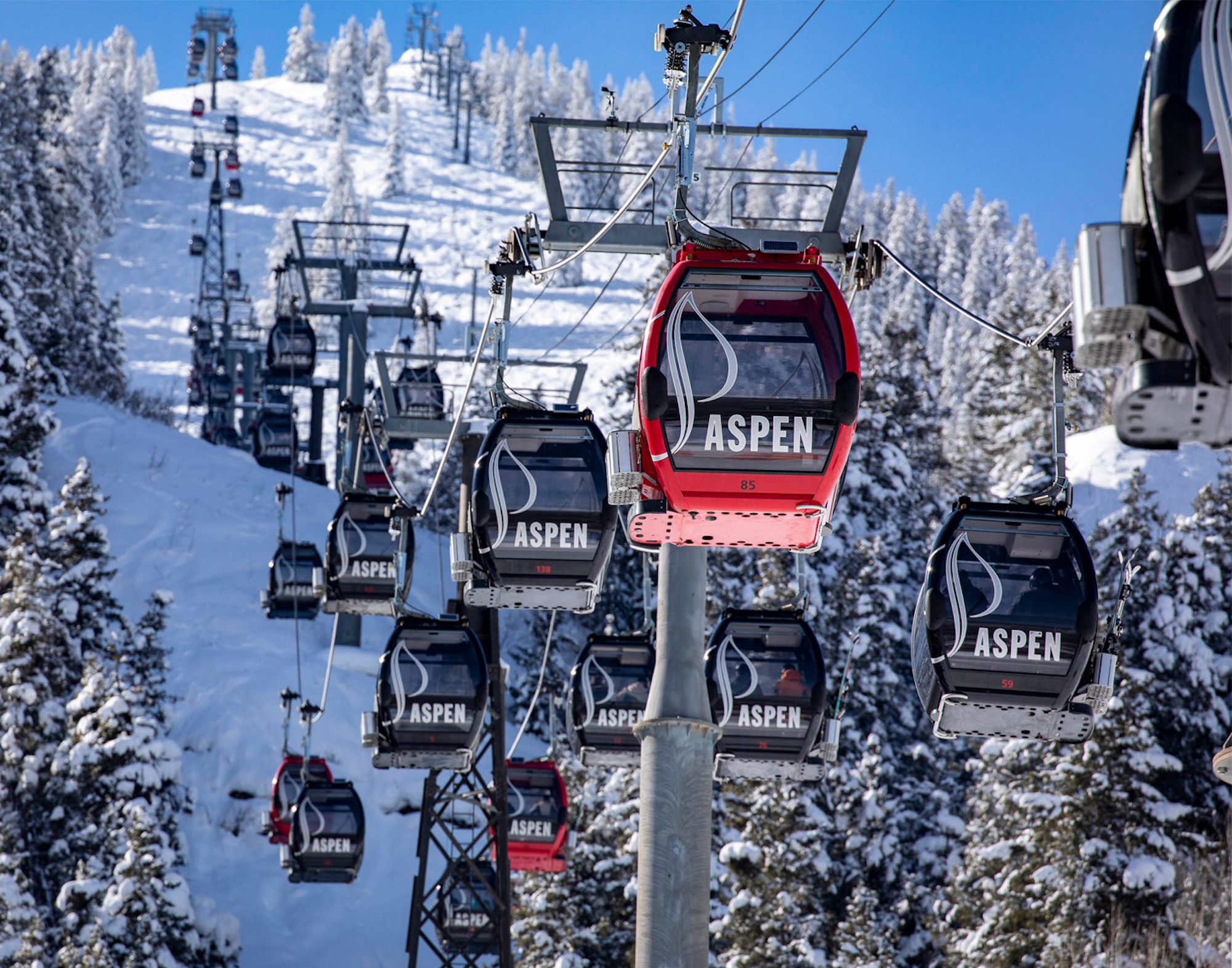
Kaplan continues, in his letter to the public:
“Like everything in our lives pre-COVID, skiing and snowboarding had become somewhat frantic. Many of us were caught up in the conquests—tracking our bowl laps and vertical—rather than fully appreciating the moments. I’m looking forward to refocusing on the core of what this sport is all about, what this place enables: a chance to connect deeply—with nature, with our physical selves and movements, and even with our sense of purpose and our roles in society. No doubt, next ski season will be more of an old school experience, but that could also translate to less noise, fewer distractions and, hopefully, more meaning.”
Naturally, as we’ve seen the letters and statements from leading officials in the ski industry, questions (from basically everyone) are also starting to arise. Interestingly, Jackson Hole Mountain Resort representatives are offering a more concrete approach to next season, already declaring opening and closing dates for the 2020-21 winter.
“We are incredibly excited to welcome skiers and riders back to JHMR for our 55th winter season. JHMR will be open for 137 days of skiing and riding from November 26th, 2020 thru April 11th, 2021,” the ski resort declared.
“Skiing and snowboarding at JHMR will be different this season with new operational and safety protocols due to COVID-19; however, we feel confident we’ll be able to provide a safe and memorable guest experience for all. There is great uncertainty about what the future holds but we approach our planning committed to complying with all health ordinances and assume that we will still rely on masks and social distancing to protect our team and our guests… We are measuring our potential capacity on all of our lifts, in our restaurants, stores and other buildings and re-evaluating all of our processes and procedures to ensure that we can deliver a superior and safe guest experience at JHMR. This will be an iterative process as health ordinances change and new information regarding COVID-19 becomes available.”
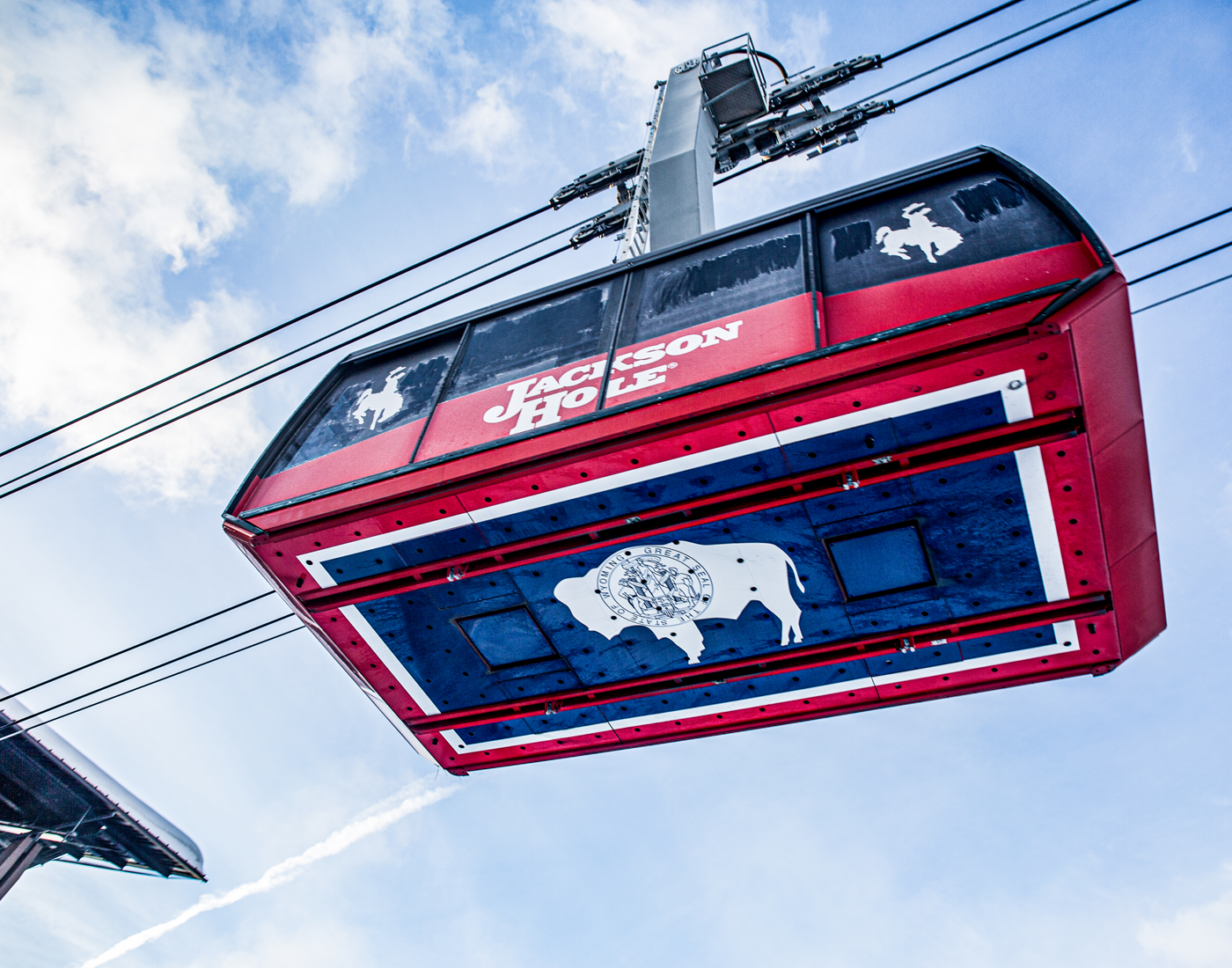
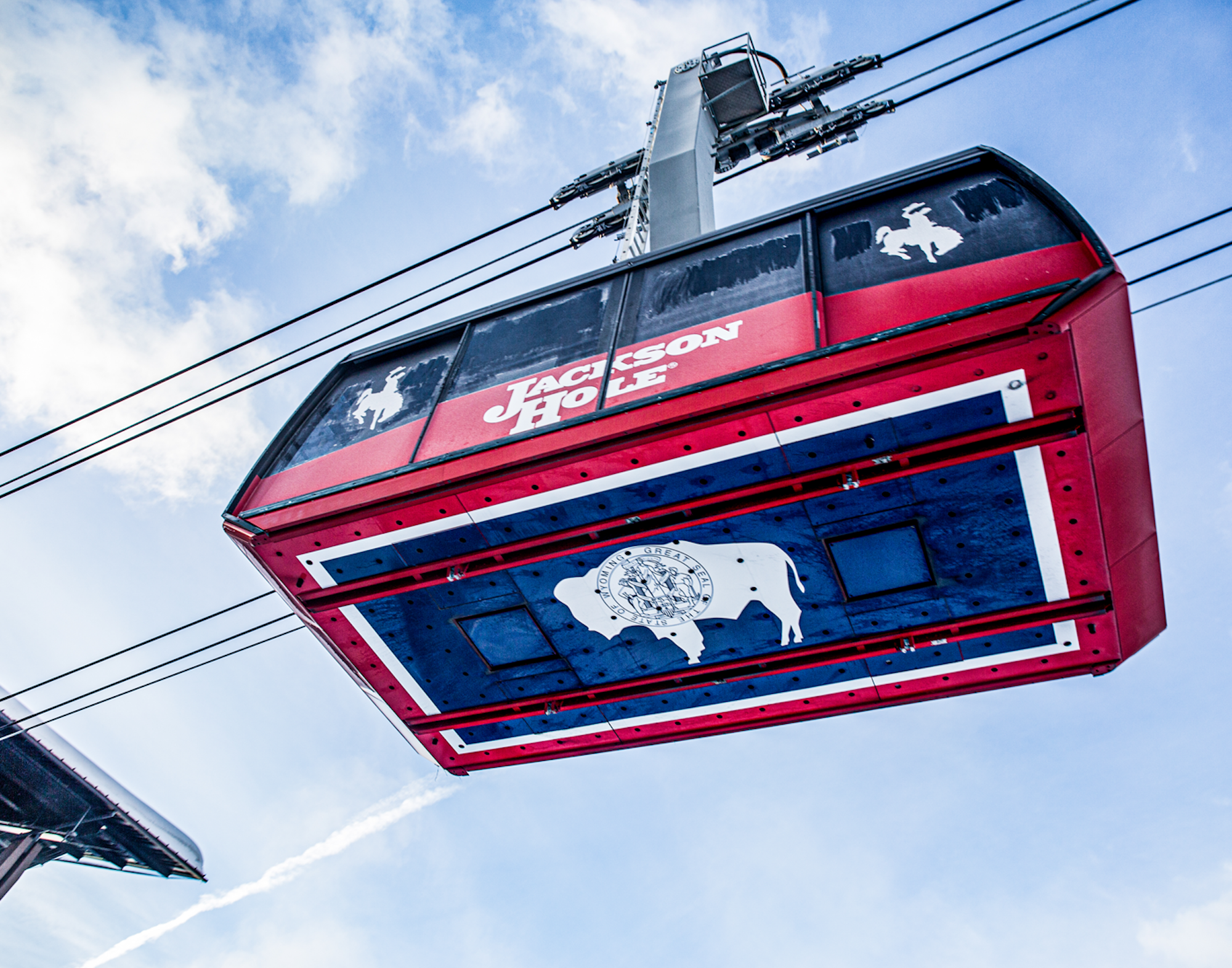
Adrienne Saia Isaac, director of marketing and communications for the NSAA has also commented on the situation: “As far as general operations go, you can expect to see requirements for masks or face coverings whenever physical distancing cannot be maintained. Many of the distancing efforts you see now—like marked areas for queues spaced six feet apart, one-way traffic flow in buildings and restaurants moving to more grab-n-go and take out options—could carry over into the ski season, so we will have had a lot of practice with those things by winter.”
But there are alternatives to resort skiing, namely, backcountry travel. “This could be a challenging year in the backcountry, as the resort situation is in flux right now. When [resorts] shut down last year, sales of backcountry gear shot up. People used the resorts, hit the backcountry and got outside. But there were also parking lot cookouts, increased human waste, and jammed skin tracks,” explained Todd Walton, Executive Director of the Winter Wildlands Alliance, a group that advocates for backcountry users. “There were human triggered avalanches and some unsafe calls by backcountry users. If you’ve been to a trailhead this summer so far, you have seen the impact on the trails and the increased use. There is no sign that it will be different this winter… so we all need to recreate responsibly, practice ‘Leave No Trace,’ and, simply, be respectful and safe.”
But will skiers heed the warnings?
Half Full vs. Half Empty
Some say physical distancing is going to make things seem more crowded than ever, and may add to traffic congestion and parking problems. Others are saying current restrictions, such as they are using at Mount Hood and in Rocky Mountain National Park, might make things feel more like the “old days.”
“They’re all waiting. Vail, POWDR, Boyne Group… they’re in this business for a reason, because they’re good at it. They’re looking at the Southern Hemisphere and summer operations here,” explained Nick Sargent, president of the Park City-based Snowsports Industries America (SIA), the non-profit trade group representing the $20 billion dollar ski industry here in the U.S.
“My kids just got back from Mount Hood. They said it was a little different in the corrals and the lift lines, but they were stoked to be skiing, to see their friends and their coaches—and that gives me hope. If my kids can figure it out, I can figure it out.”
“Resorts are coming up with guidelines and protocols and platforms for communication to create a safe environment, and a welcoming environment,” continued Sargent. “Yes, there are going to be some challenges. You have to be prepared, and understand that there are other opportunities, if the mountain is closed or too crowded. Embrace uphill, embrace Nordic, snowshoeing, tubing. It’s all about winter and getting outside.”
AUTHOR BIO:
Freeskier contributor Aaron H. Bible is a veteran outdoor, ski and travel writer based in Nederland, Colorado. Follow his adventures on Instagram.

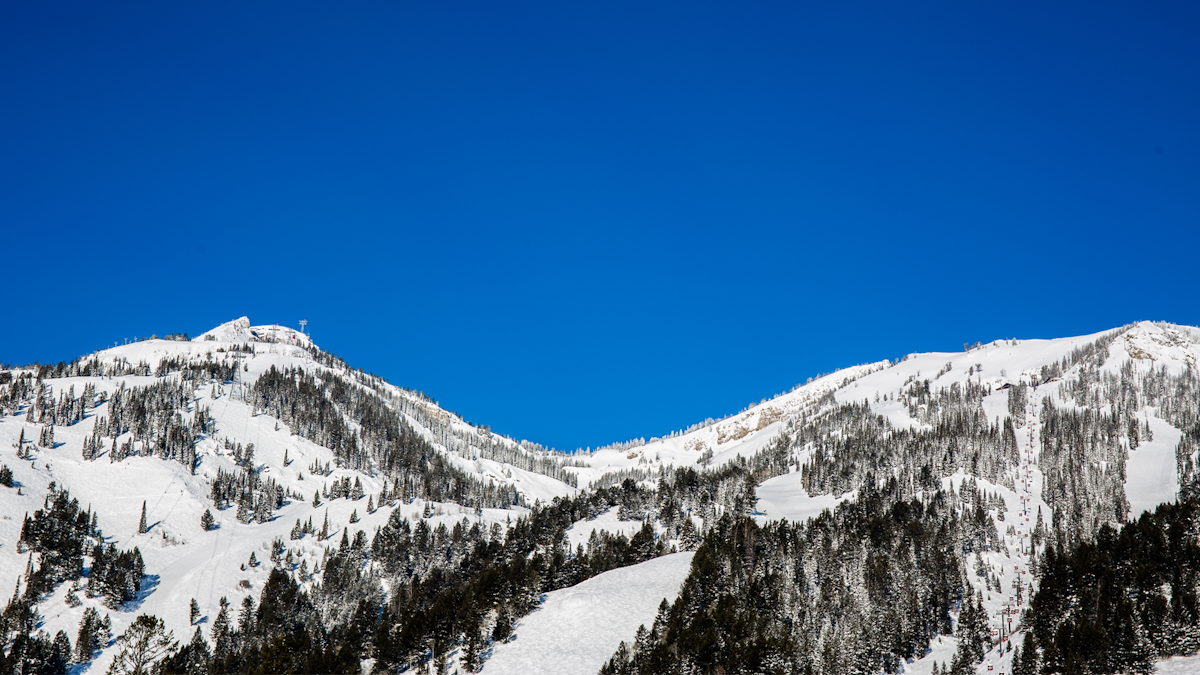


![[GIVEAWAY] Win a Head-to-Toe Ski Setup from IFSA](https://www.datocms-assets.com/163516/1765920344-ifsa.jpg?w=200&h=200&fit=crop)
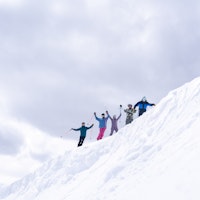
![[GIVEAWAY] Win a Legendary Ski Trip with Icelantic's Road to the Rocks](https://www.datocms-assets.com/163516/1765233064-r2r26_freeskier_leaderboard1.jpg?auto=format&w=400&h=300&fit=crop&crop=faces,entropy)
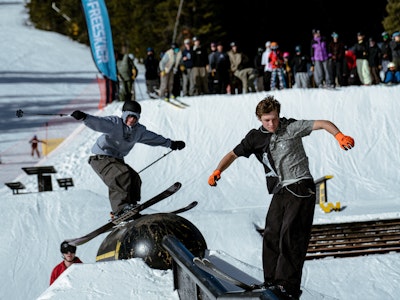




![[GIVEAWAY] Win a Head-to-Toe Ski Setup from IFSA](https://www.datocms-assets.com/163516/1765920344-ifsa.jpg?auto=format&w=400&h=300&fit=crop&crop=faces,entropy)

